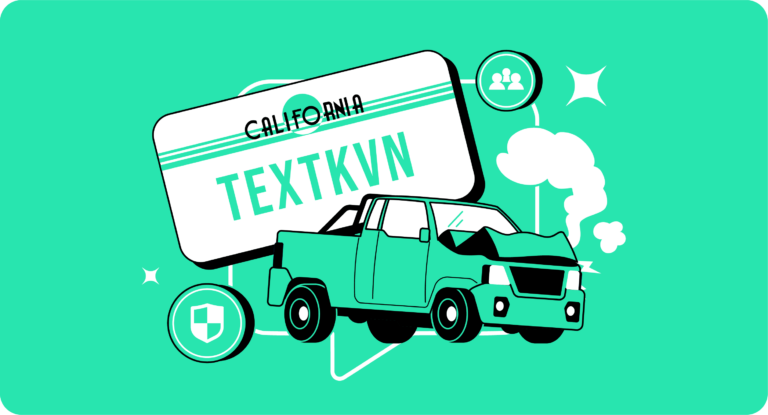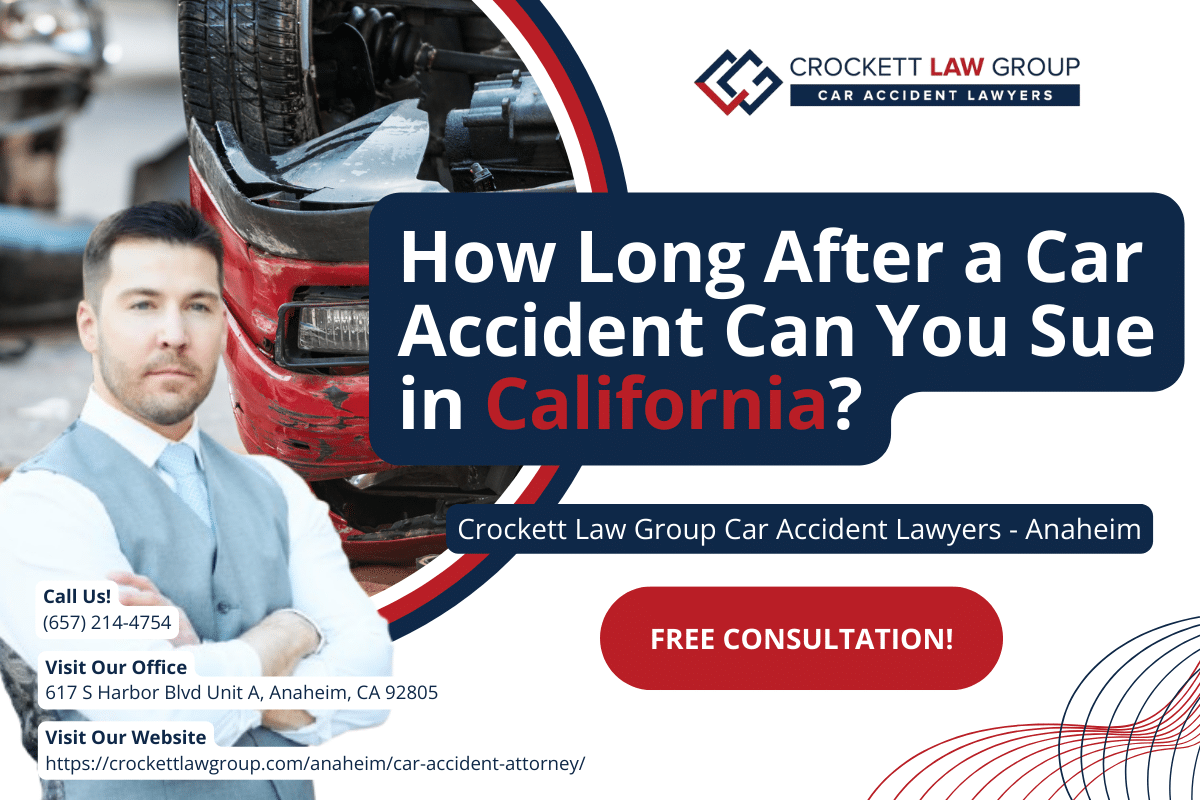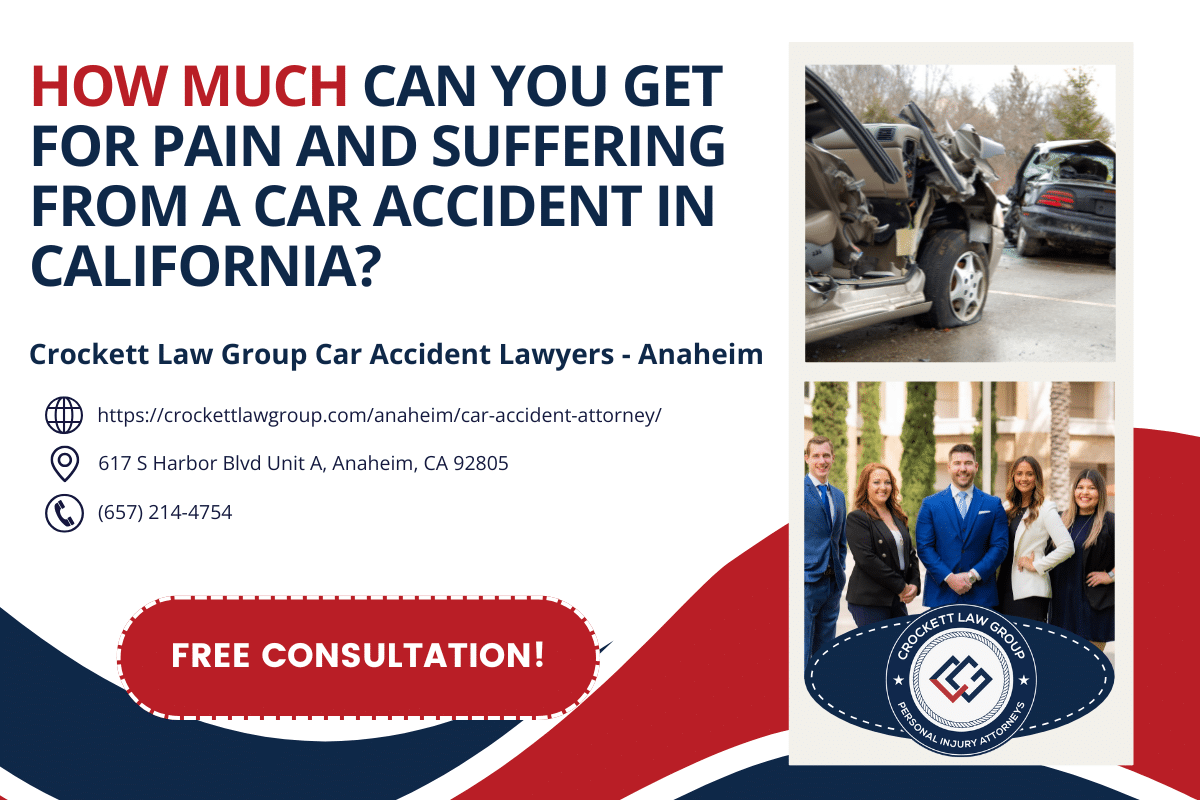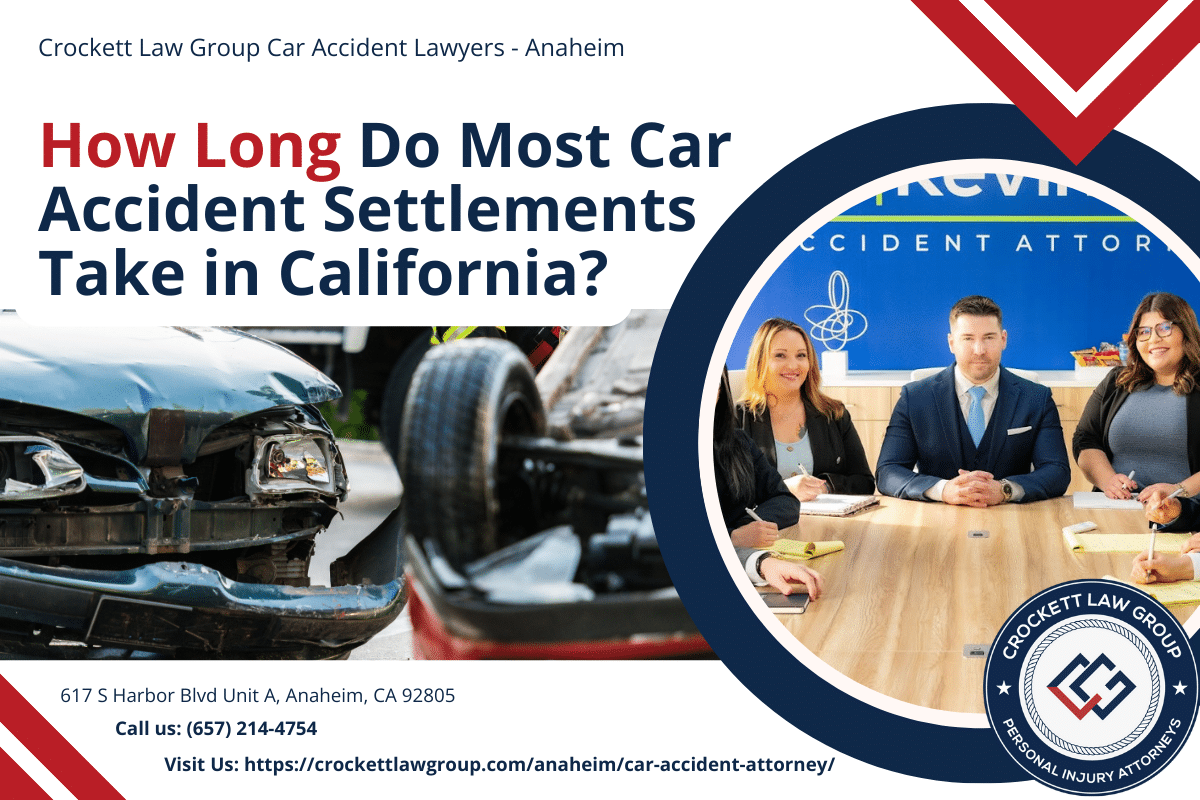Accidents happen—sometimes in the blink of an eye. But when they do, it’s crucial to know how to protect yourself, especially when you’re not the one at fault. Let’s dive into the importance of establishing fault and how it can impact you both legally and financially.
Factoid About Car Accidents
| Factoid | Details |
|---|---|
| Annual Car Accidents | Approximately 6 million car accidents occur in the U.S. each year. |
| Injury Rate | Out of those, around 3 million people are injured annually. |
| Fatality Rate | Over 36,000 people die in car accidents every year in the U.S. |
| Leading Cause | Distracted driving is a leading cause of car accidents. |
| Economic Impact | Car accidents result in an economic cost of approximately $230 billion annually. |
Understanding the Importance of Establishing Fault
When involved in a car accident, determining who’s at fault is more than just pointing fingers—it has real financial and legal implications. But why is establishing fault so vital?
Financial Implications of Being at Fault
Being deemed at fault in an accident can be a costly affair. From paying for the damages to the other party’s vehicle to covering their medical bills, the expenses can quickly add up.
If you’re found at fault, your insurance premiums can skyrocket, making it even more expensive for you in the long run.
Impact on Insurance Premiums
Insurance companies are in the business of risk assessment.
When you’re found at fault in an accident, you’re seen as a higher risk. This perception can lead to a significant increase in your insurance premiums.
Legal Consequences of Being Deemed Responsible
Beyond the financial strain, being at fault can have legal repercussions. Depending on the severity of the accident and the laws of your state, you could face fines, license suspension, or even jail time.
For example, in California, causing bodily harm in a car accident due to negligence can result in a fine of up to $1,000 and six months in jail.
It’s not just about money—it’s about your freedom and reputation.
The Role of Negligence in Determining Fault
Negligence plays a pivotal role in car accident cases. But what does negligence mean?
In simple terms, it’s the failure to exercise the care that a reasonably prudent person would under similar circumstances.
Let’s say you’re driving in heavy rain. If you don’t adjust your speed to the wet conditions and end up causing an accident, you could be deemed negligent.
Why? Because a reasonably careful driver would slow down in such weather.
The Significance of Fault in Car Accident Claims and Lawsuits
When it comes to car accident claims and lawsuits, fault is the centerpiece. The party at fault is typically responsible for compensating the injured party. This compensation can cover medical bills, lost wages, and even pain and suffering.
But here’s a question to ponder: What if both drivers share the blame? In many states, the concept of “comparative negligence” applies.
This means that if you’re 30% at fault and the other driver is 70% at fault, you could still recover 70% of your total damages.
Key Elements to Prove Your Innocence
When you’re involved in a car accident, it’s not always clear-cut who’s to blame. But proving your innocence is paramount, especially when the stakes are high.
Demonstrating the Other Driver’s Negligence
One of the primary ways to prove you’re not at fault is by highlighting the other driver’s negligence.
As mentioned earlier, negligence is the failure to act with the care that a reasonable person would have exercised in a similar situation.
For instance, if the other driver was texting while driving and caused the accident, that’s a clear case of negligence.
But how do you prove it? Eyewitness accounts, traffic camera footage, and even cell phone records can be invaluable in such scenarios.
Establishing the Direct Cause of the Accident
It’s one thing to show negligence, but it’s another to link that negligence directly to the accident. This is where evidence comes into play.
For example, if a driver ran a red light (negligence) and hit your car, the damage on your vehicle’s side would correlate with their front-end damage, establishing the direct cause.
Highlighting the Losses You Suffered Due to the Accident
After an accident, you might face various losses—be it physical injuries, damage to your vehicle, or even mental trauma.
Documenting these losses is crucial. Why? Because it not only strengthens your claim but also determines the compensation you might receive.
For instance, if you had to undergo surgery due to the accident, having detailed medical records and bills can showcase the extent of your losses.
The Role of State-Specific Traffic Laws in Determining Fault
Every state has its own set of traffic laws, and these can play a significant role in determining fault.
For example, in some states, if you’re even slightly at fault, you might not be eligible for any compensation.
On the other hand, some states follow the “comparative fault” rule, where compensation is determined based on each party’s degree of fault. It’s essential to be aware of your state’s specific laws to build a strong case.
Importance of Evidence in Supporting Your Claim
Evidence plays a pivotal role when dealing with insurance companies. A well-documented claim can significantly strengthen your position and increase the likelihood of a favorable outcome.
Here’s a quick rundown of the types of evidence that can be particularly impactful:
- Photographs
- Witness Statements
- Police Reports
- Medical Records
- Traffic Camera Footage
By presenting clear evidence, you make it harder for the insurance company to dispute your claim or offer a lower settlement.
Always ensure you gather and organize your evidence promptly after the accident to maximize its effectiveness.
Steps to Take Immediately After the Accident
The moments following a car accident can be a whirlwind of emotions and confusion. However, the actions you take immediately after can significantly impact your ability to prove your innocence.
Calling 911 and Ensuring a Police Report is Filed
The first and foremost step after any accident is to call 911. Even if the damages seem minor, having a police report can be a crucial piece of evidence.
The report will typically detail the accident, including statements from both drivers, witnesses, and sometimes even a preliminary assessment of who might be at fault.
But here’s a question: What if the police don’t show up? In such cases, it’s wise to visit the nearest police station and file a report yourself.
Exchanging Information with the Other Driver
While waiting for the police, it’s essential to exchange contact and insurance information with the other driver.
But remember—keep the conversation minimal. Why? Because anything you say can later be used against you.
So, stick to the basics: name, contact details, insurance provider, and policy number.
Refraining from Admitting Fault or Making Off-the-Cuff Remarks
It’s human nature to express sympathy or even apologize after an accident.
However, even a simple “I’m sorry” can be misconstrued as an admission of guilt.
So, it’s best to limit your conversation with the other driver.
And when giving a statement to the police, stick to the facts—avoid speculating or assuming anything.
Documenting Vehicle Damage with Photographs
A picture is worth a thousand words—especially in car accident cases. Using your phone, take clear photos of the damages to both vehicles. These images can provide a visual account of the accident’s severity and can be invaluable when negotiating with insurance companies or in court.
Capturing the Accident Scene from Various Angles
Beyond just the damages, capturing the overall accident scene can offer context. Take photos of road signs, skid marks, traffic signals, and any other relevant details.
For instance, if the other driver claims they didn’t see the stop sign, but your photo clearly shows it’s unobstructed—that’s powerful evidence.
Speaking with Neutral Witnesses and Recording Their Statements
Witnesses can provide an unbiased account of the accident.
If there are bystanders who saw the incident unfold, approach them, get their contact information, and ask if they’d be willing to provide a statement. Their perspective might shed light on details you weren’t aware of.
Securing a Copy of the Police Report
Once the police have filed their report, ensure you get a copy. This document will be a cornerstone of your claim, detailing the accident and sometimes even indicating who was at fault.
But what if there’s an error in the report? While challenging, it’s possible to get it amended, especially if you have evidence supporting your claim.
Familiarizing Yourself with Local Traffic Laws
Knowledge is power. Being aware of local traffic laws can give you an edge, especially if the other driver violated any regulations leading to the accident.
For example, if the other driver made an illegal U-turn and collided with your car, knowing that specific maneuver is prohibited can strengthen your case.
Recognizing Situations of “No-Doubt” Liability
In certain car accident scenarios, determining fault is relatively straightforward. These are situations where the blame is almost always placed on one driver, making it easier for the other party to prove their innocence.
Here are some common “no-doubt” liability scenarios:
- Rear-End Collisions
- Left-Turn Accidents
- DUI Accidents
- Running Red Lights or Stop Signs
By being aware of these scenarios, you can be better prepared to defend your position and ensure that the fault is correctly assigned.
Seeking Justice? Let Crockett Law Group Stand by Your Side!
If you’ve been involved in a car accident and are facing challenges proving your innocence, Crockett Law Group is here to help.
As dedicated car injury lawyers, they have the experience and knowledge to guide you through the complexities of your case.
Don’t hesitate—reach out at (800) 900-9393 and ensure you have the best representation on your side.










